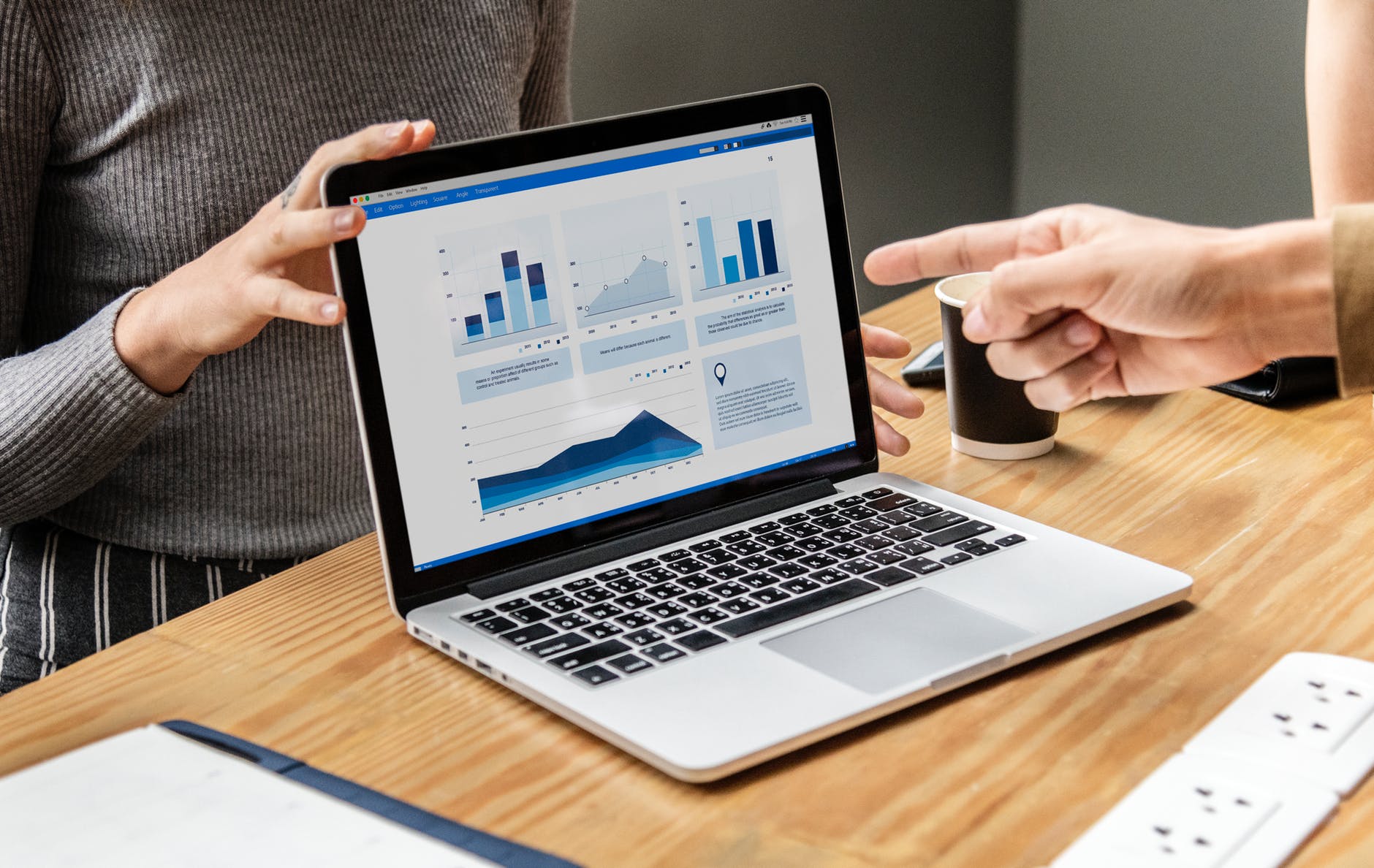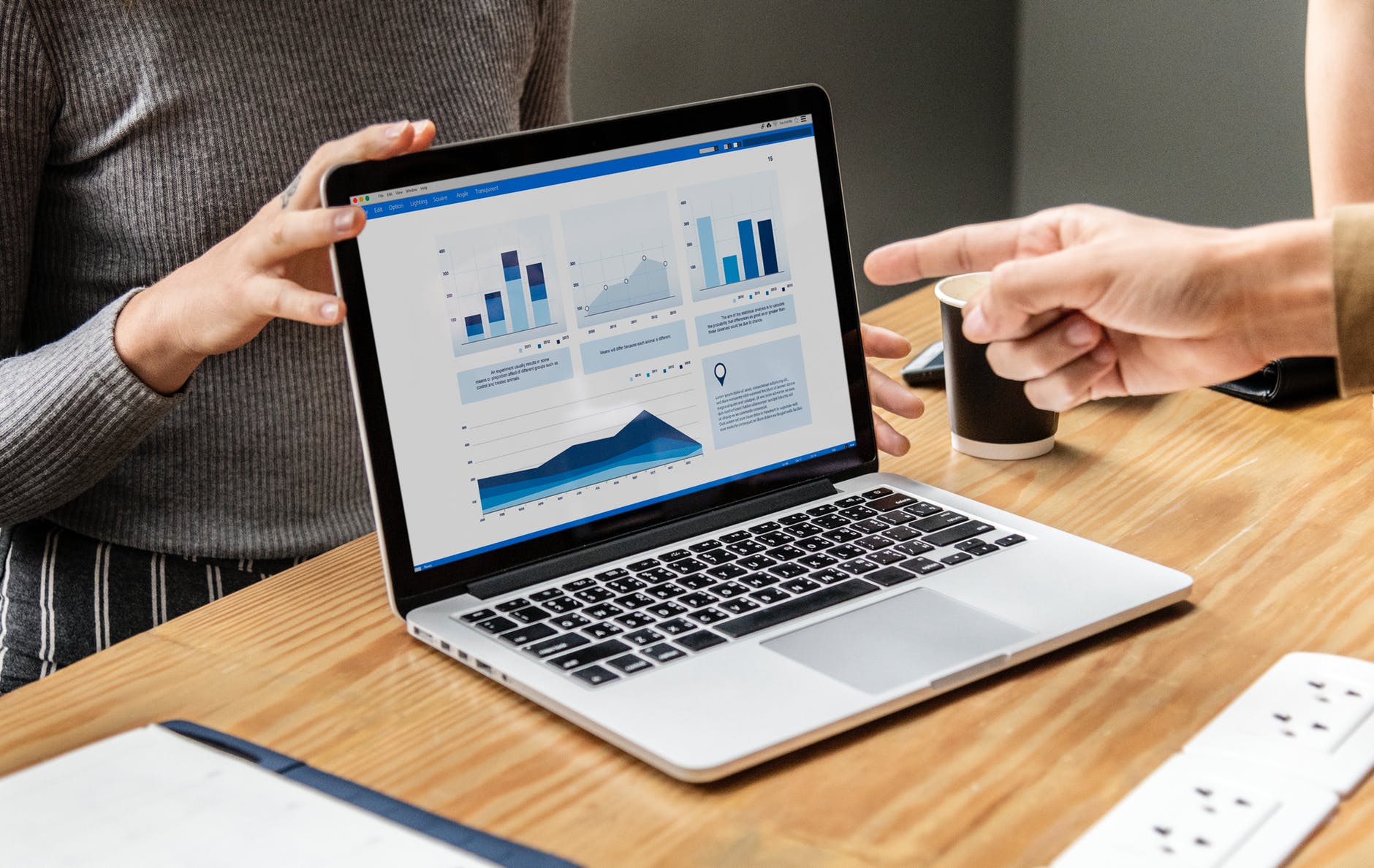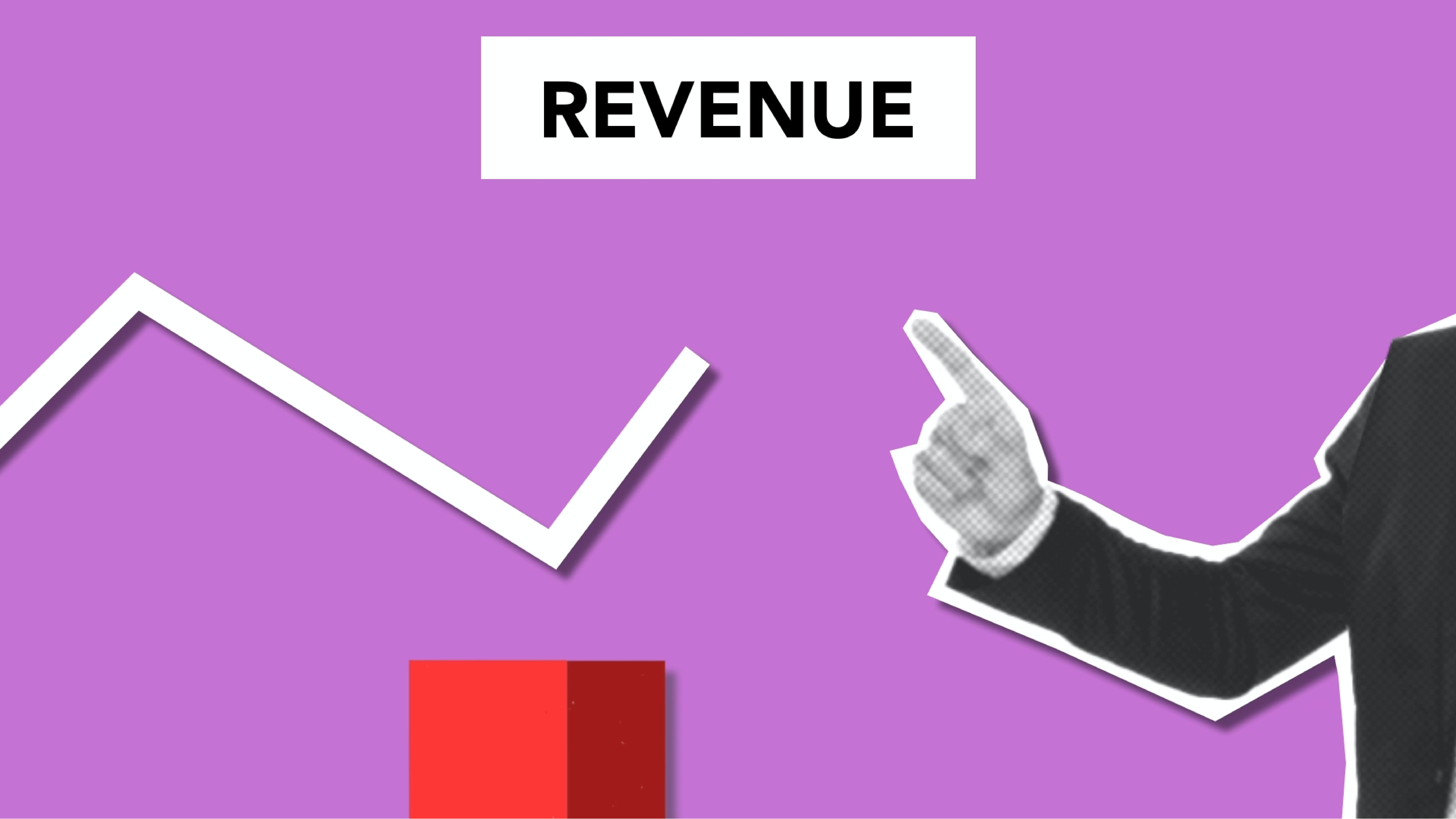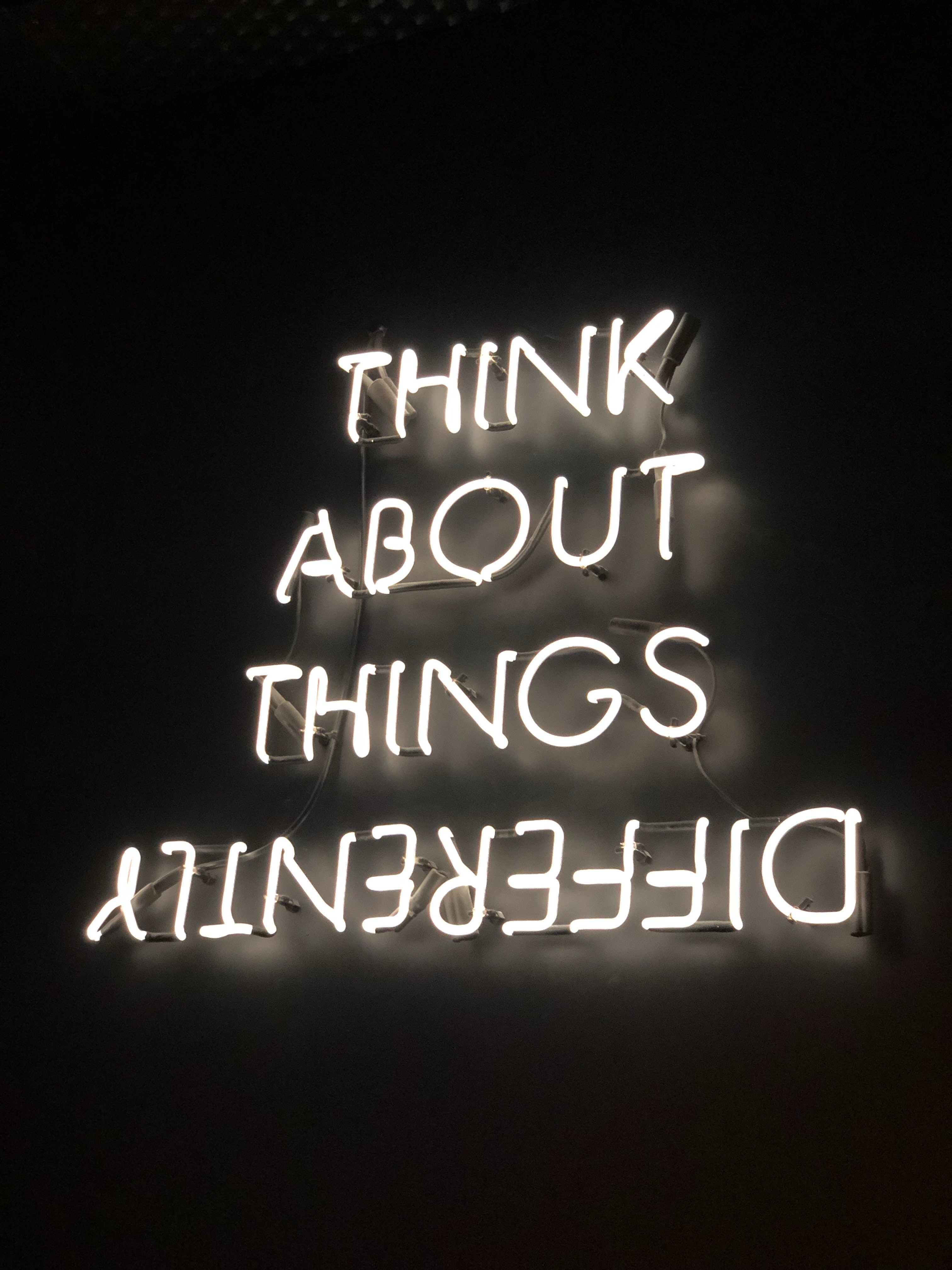
 As we have discussed before, big data is the study of data sets that are so large that traditional data-processing software cannot analyze it all. Big data, although requiring a different kind of data-processing system, big data allows researchers and analysts to utilize data that was not being previously been taken advantage of, and allows them to generate new insights. Since big data sets contain so much information that may have previously gone unnoticed, it can help to inform strategic business moves, feature areas of improvement and also be used to help predict future trends.
As we have discussed before, big data is the study of data sets that are so large that traditional data-processing software cannot analyze it all. Big data, although requiring a different kind of data-processing system, big data allows researchers and analysts to utilize data that was not being previously been taken advantage of, and allows them to generate new insights. Since big data sets contain so much information that may have previously gone unnoticed, it can help to inform strategic business moves, feature areas of improvement and also be used to help predict future trends.
Just like with any kind of data, using visual agents is a great tool that helps to convey the data points in an easy to understand fashion. Data visualization is understood as the delivery of data information in either a pictorial or graphical format, thus allowing people to grasp large amounts of information in a quick and succinct manner. By presenting data visually, it can help clients and researchers better understand difficult concepts, identify new patterns or quickly pick out the most important pieces of data. Data visualization can be used to identify areas that need improvement, highlight factors that influence user behavior, and also predict sale and usage numbers. Often times when data is organized in a report or a spreadsheet, it can seem very complex, intimidating or even time consuming. Data visualization, or visual analytics, works as an engaging way to convey large pieces of information in “bite-sized” pieces that are easy to digest. This is why data visualization is a great way to help convey data points in a quick and easy way, which is especially important to consider when handling big data sets.
In order to effectively use data visualization to convey information, it is important to have an understanding of the type of data that you are trying to visualize. By having an understanding of the type of data, it allows the creation of the visuals to be an informed process that clearly conveys the information necessary. Not having an understanding of the data prior to creating visualizations can lead to unclear or confusing visualizations, which will achieve the opposite effect of what you are going for. Through gaining an understanding of the data, you can also determine the type of data that you are trying to create a visual for, as well as identify the pieces of information that are the most important to get across.
Aside from understanding the data and deciding which pieces are the most salient, it is important to gain an understanding of the audience that is going to be on the receiving end of these visualizations. In what way could a visualization be created that would better reach the audience in question? Are there certain points of data or specific visuals that might be more important for your audience? Data visualizations only work effectively if they are able to be understood by the audience that they are being created for, so make sure to keep the audience in mind while creating your visuals. Therefore, through combining an understanding of both the data and the audience, you can create data visualizations that will excellently convey the data in the simplest, easiest and clearest form
READ MORE: Why Competitive Intelligence (CI) Matters, The Peaks and Valleys of UX in Modern Enterprise, Customer Journey Map: AI Edition, How To: Future-State Journey Mapping










Comments
Add Comment